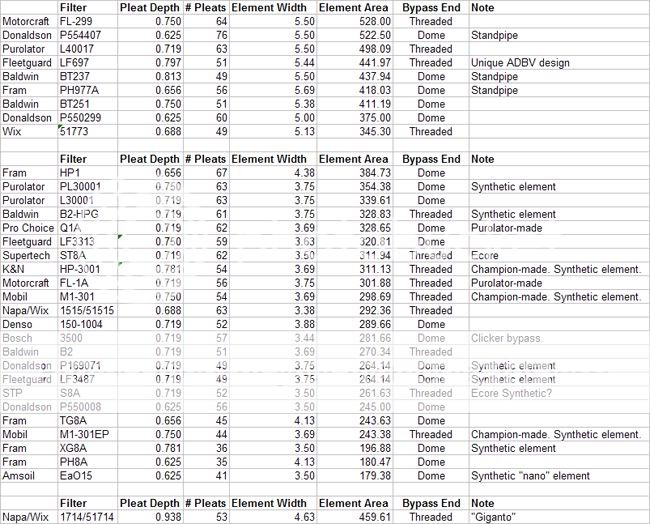I took apart the new OEM Honda "short" filter and was surprised at the findings.
The NSX's oil filter stats are pretty weak when compared to the OEM filter of:
1991-2005 NSX - 3.0/3.2L - 6qt - OEM filter: 129.5sq/in
1991-2005 NSX - 3.0/3.2L - 6qt - Purolator L24484:________sq/in
1995-1999 E36 BMW M3 - 3.0/3.2L - 6qt - OEM filter: ~330sq/in
1990-2004 Mazda Miata - 1.6/1.8L - 4qt - OEM filter: 102.5sq/in
As a background, these websites are good reads on the different designs, components, and materials of oil filters:
http://minimopar.knizefamily.net/oilfilters/reference.html
http://shoclub.com/news.php?extend.6
From the above sites, metal end caps and rubber/silicon anti-drain back valves are characteristics of higher quality oil filters. The above sites also show an average filter surface area of 300sq/in and 200sq/in respectively for the given application.
Here's what I saw when I cut it open:
OEM Honda "Short" Filter housing:
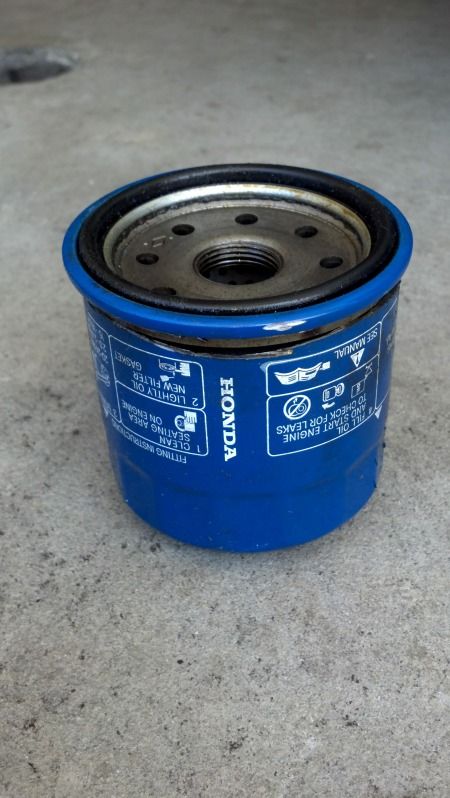
Visually on par high quality rubber/silicon anti-drain back valve:
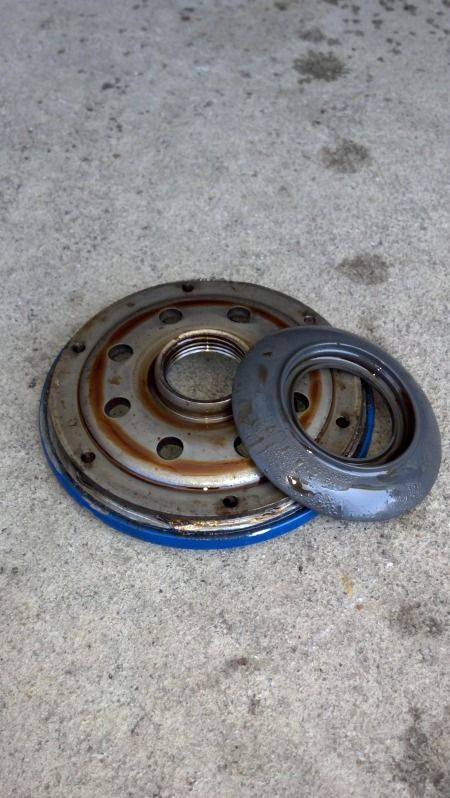
Filter elements cut out and cartridge leaf spring below. I used a razor blade and carefully cut as close to the end caps as I could and stretched the whole thing out and measured:
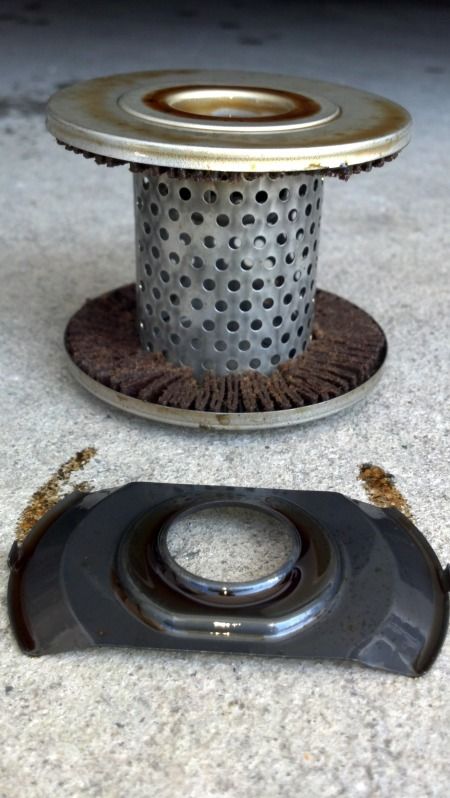
Total Surface Area = 129.5sq/in!!
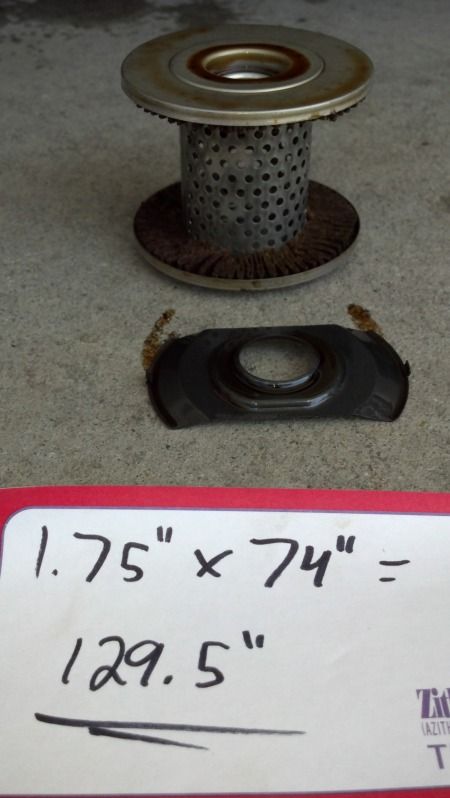
By comparison, here's the 1.6L OEM Miata filter:
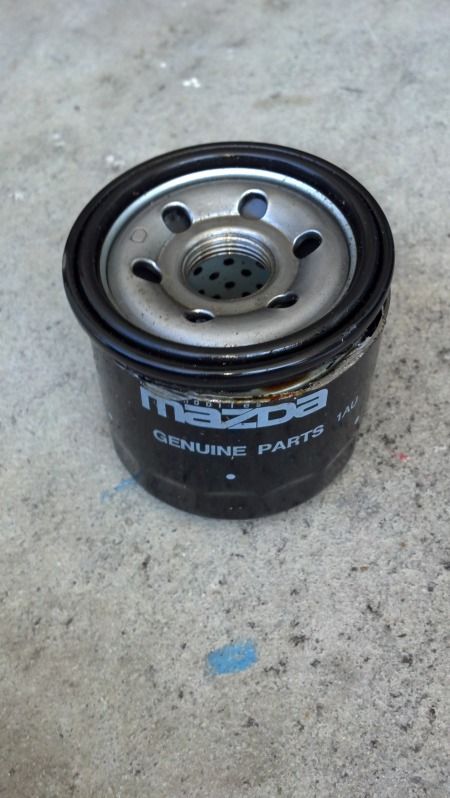
Similar high quality anti-drain back valve and cartridge leaf spring below:
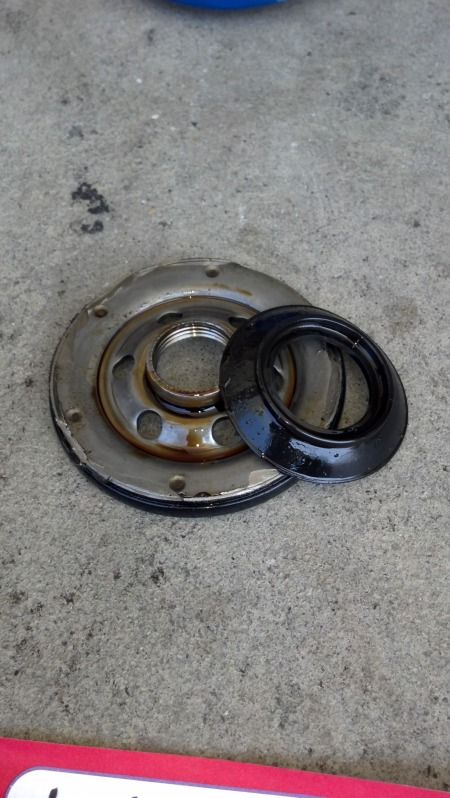
Total Surface Area of 102.5sq/in:
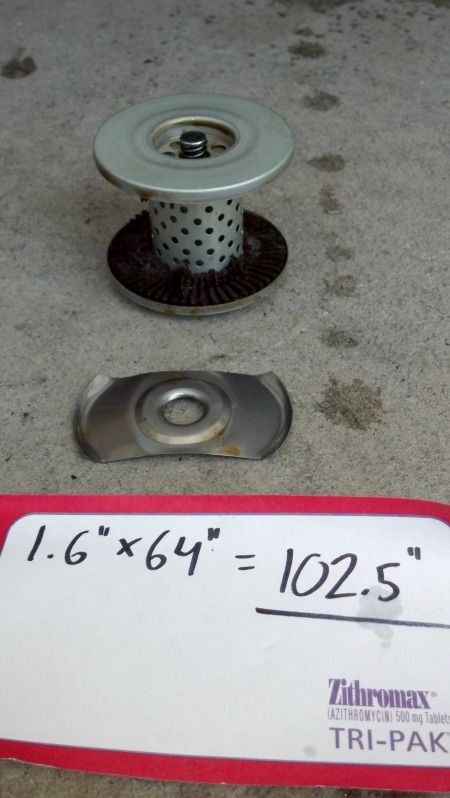
Please post your findings of different filters and corresponding surface area.
Billy
The NSX's oil filter stats are pretty weak when compared to the OEM filter of:
1991-2005 NSX - 3.0/3.2L - 6qt - OEM filter: 129.5sq/in
1991-2005 NSX - 3.0/3.2L - 6qt - Purolator L24484:________sq/in
1995-1999 E36 BMW M3 - 3.0/3.2L - 6qt - OEM filter: ~330sq/in
1990-2004 Mazda Miata - 1.6/1.8L - 4qt - OEM filter: 102.5sq/in
I am going to buy and cut open a L24484 and post the results of the design and surface area, but either way the OEM Honda 'short' filter is not much better than a Miata and IMO does not cut it especially for track use.The Purolator L24484 filter is essentially the fitment/size equivalent of Honda's larger 15400-PL2-004 filter. It fits the C27a, C30a, C32a and C32b (all year Legends and NSXs).
As a background, these websites are good reads on the different designs, components, and materials of oil filters:
http://minimopar.knizefamily.net/oilfilters/reference.html
http://shoclub.com/news.php?extend.6
From the above sites, metal end caps and rubber/silicon anti-drain back valves are characteristics of higher quality oil filters. The above sites also show an average filter surface area of 300sq/in and 200sq/in respectively for the given application.
Here's what I saw when I cut it open:
OEM Honda "Short" Filter housing:

Visually on par high quality rubber/silicon anti-drain back valve:

Filter elements cut out and cartridge leaf spring below. I used a razor blade and carefully cut as close to the end caps as I could and stretched the whole thing out and measured:

Total Surface Area = 129.5sq/in!!

By comparison, here's the 1.6L OEM Miata filter:

Similar high quality anti-drain back valve and cartridge leaf spring below:

Total Surface Area of 102.5sq/in:

Please post your findings of different filters and corresponding surface area.
Billy






